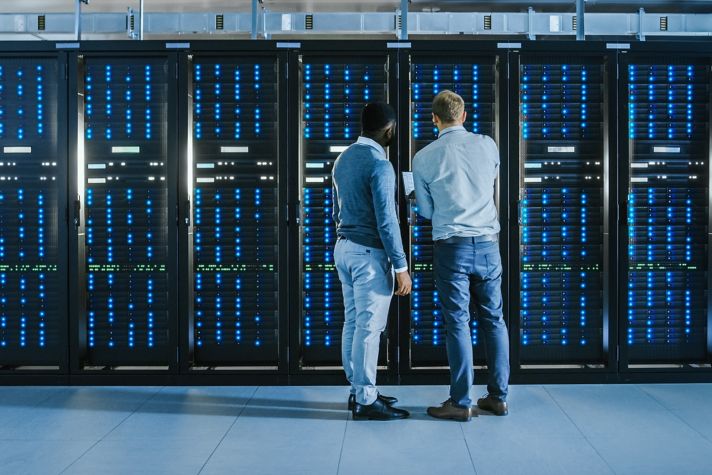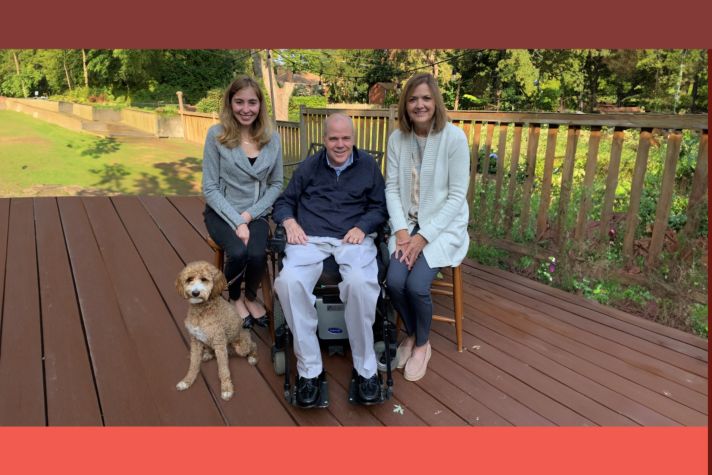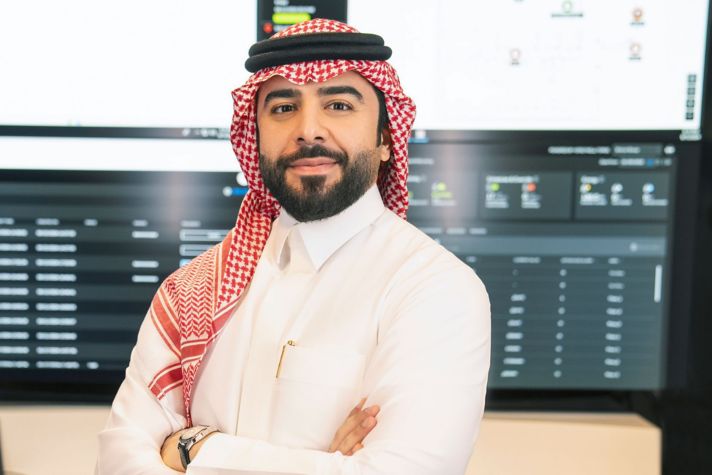-
 Global
Global-
Africa
-
Asia Pacific
-
Europe
-
Latin America
-
Middle East
-
North America
- |
- BUSINESSES
- |
- Contact
- |
-
 Global
Global-
Africa
-
Asia Pacific
-
Europe
-
Latin America
-
Middle East
-
North America
- |
- BUSINESSES
- |
- Contact
- |
You are browsing the product catalog for
You are viewing the overview and resources for
- News
- How UV Light Helps Clean Air and Surfaces – Explained
How UV Light Helps Clean Air and Surfaces – Explained
From aircraft to buildings, Ultraviolet (UV) light can help inactivate pathogens all around us
There is a new bright light shining on Ultraviolet (UV) light. It’s the spectrum of light just beyond the visible range that has several bands of wavelengths.
You might be familiar with UV-A and UV-B, which are the two types of rays that reach earth. They can cause premature aging and sunburn.
Then there's UV-C. It can be an effective tool for inactivating pathogens, which are germs.
For starters, UV-C is too weak to penetrate the Earth’s atmosphere, so organisms are not typically exposed it. As a result, many organisms have no natural defenses against it.
Another reason is because there are no chemicals, residues or waste products left behind. Properly applied, it also acts fast. Clinical studies have demonstrated that at the right doses, it takes only a matter of seconds to drive significant reductions in certain pathogens.
“UVC light has been used extensively for more than 40 years in disinfecting drinking water, waste water, air, pharmaceutical products, and surfaces against a whole suite of human pathogens,” according to the International Ultraviolet Association (IUVA).
Here are a few examples of how the technology works:
Aircraft
Clinical studies have shown that certain pathogens can survive for days on surfaces, especially in cool and dry environments. A prime example of a place like that is inside an aircraft.
“Airlines have a need to quickly clean surfaces between each flight. Properly applied, UV-C can enhance Airlines’ cleaning efforts,” said Bob Lenz, who has seven years of experience overseeing Aerospace technology products.
Honeywell’s UV Cabin System deploys UV-C light inside aircraft cabins using a combination of lights specially designed to deliver UV-C light at specified distances and angles to treat high-touch surfaces. Testing with customers like JetBlue have shown that the UV Cabin System can traverse a narrow-body aircraft in 10 minutes or less. That’s key when airlines have little time between flights to clean and prepare an aircraft.
UV cleaning can also be applied to other areas on your travels, including baggage compartments, lavatories and galleys
Buildings
Inside buildings, air can stagnate. To help make facilities safer to work in and re-occupy, multiple UV-C solutions can be deployed for the air. A common strategy is using the heating, ventilation and air conditioning (HVAC) system to combine recirculated air with outdoor air. That can have an increased cost when cooling hot outdoor air to dilute the indoor air.
An alternative is to treat the air, using UV-C light. That can take place above or below the ceiling tiles. For example, an emerging solution is combining UV-C light with electrostatic technology in one filter in an air handling unit (AHU). Or an in-room unit can circulate the air through a HEPA or other filter, then apply UV-C light.
“The key is to carry out a comprehensive building assessment that factors in regulatory compliance, existing and new operational costs, what the organization is already doing and what additional measures might need to be considered,” said Mike Pringle, a Honeywell sales consultant with an engineering background and member of the IUVA.
Copyright © 2025 Honeywell International Inc.




